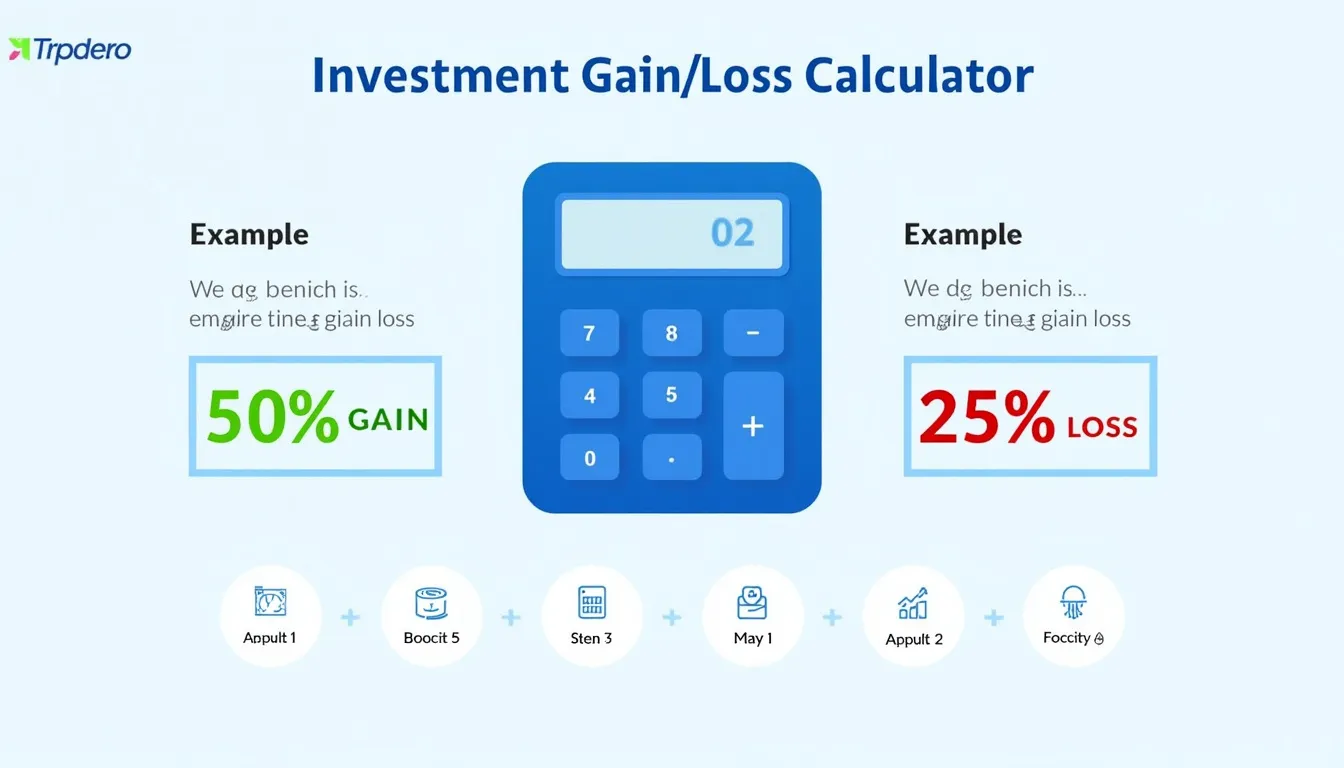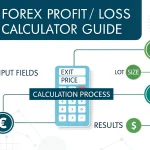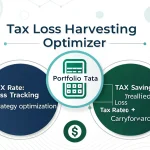Investment Gain/Loss Calculator
Is this tool helpful?
How to use the tool
- Fill “Market Price ($)” – Type today’s price of the asset.
Example A: 212.35 Example B: 45.25 - Fill “Purchase Price ($)” – Enter what you originally paid per unit.
Example A: 175.80 Example B: 60.00 - Click Calculate – The result shows Gain in green or Loss in red.
- Read the percentage – Positive means profit; negative means loss.
Formula used
$$\text{Percentage Gain/Loss}= rac{\text{Current Market Price}-\text{Purchase Price}}{\text{Purchase Price}}\times100$$
Worked examples
- Example A: 212.35 − 175.80 = 36.55; rac{36.55}{175.80} × 100 = 20.79 % Gain.
- Example B: 45.25 − 60.00 = −14.75; rac{−14.75}{60.00} × 100 = −24.58 % Loss.
Quick-Facts
- Formula identical to SEC return calculator (SEC Investor.gov, 2023).
- Positive result > 0 % indicates capital gain, taxable under IRS rules (IRS Pub. 550, 2022).
- Negative result flags loss; up to $3,000 yearly may offset ordinary income (IRS Pub. 550, 2022).
- Stocks, bonds, ETFs, crypto all use the same math (FINRA “Calculating Returns”, 2021).
FAQ
What does the percentage tell you?
The figure shows how far the current price sits above or below your cost. Positive equals profit; negative equals loss (SEC Investor.gov, 2023).
How do I handle multiple buy prices?
Compute a weighted-average cost: sum (cash spent) divided by total shares, then use that average as “Purchase Price” (Investopedia, 2023).
Are dividends included?
No. The calculator looks solely at price change. Add dividends separately to find total return (Morningstar Methodology, 2022).
Can I enter crypto values?
Yes. Price data in the same currency obeys the same percentage formula, whether BTC or a stock (CFA Institute, 2021).
Why must inputs be positive?
Prices cannot be negative in real markets; enforcing positivity prevents mathematical errors and misleading outputs (FINRA, 2021).
How often should you check gains?
Most retail investors review monthly for discipline, yet “consistent tracking is critical to disciplined investing” (CFA Institute, 2021).
Does the tool work in other currencies?
Yes, as long as purchase and market prices share the same currency; percentage is unit-free (OECD Finance Data, 2022).
Is the calculation tax-ready?
It gives raw gain or loss. You still need holding-period data to classify short- or long-term for tax filing (IRS Pub. 550, 2022).
Important Disclaimer
The calculations, results, and content provided by our tools are not guaranteed to be accurate, complete, or reliable. Users are responsible for verifying and interpreting the results. Our content and tools may contain errors, biases, or inconsistencies. We reserve the right to save inputs and outputs from our tools for the purposes of error debugging, bias identification, and performance improvement. External companies providing AI models used in our tools may also save and process data in accordance with their own policies. By using our tools, you consent to this data collection and processing. We reserve the right to limit the usage of our tools based on current usability factors. By using our tools, you acknowledge that you have read, understood, and agreed to this disclaimer. You accept the inherent risks and limitations associated with the use of our tools and services.







